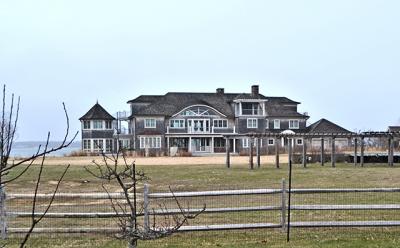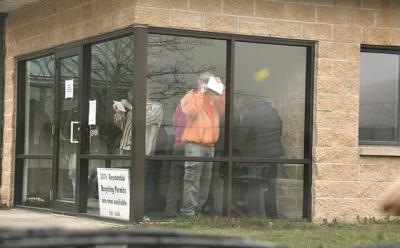Town, Union Finally Agree
Town, Union Finally Agree
After lengthy negotiations and a failed attempt to come to terms, East Hampton Town and its union employees have agreed on a new four-year, retroactive contract spanning from 2015 through 2018.
Under the agreement ratified by both sides last week, wages will increase annually, but new and recently hired workers will begin to pay 20 percent of their health insurance costs.
The Civil Service Employees Association ratified the contract on April 5 in a close 74-to-64 vote; the town board voted unanimously to approve it last Thursday night. According to Miles Maier, the C.S.E.A. unit president, workers had been hoping for a higher wage increase than the agreed-upon 2-percent hike across the board.
In November, the union rejected a contract that would have eliminated so-called “step” raises, a system of guaranteed annual wage increases for workers in the first seven years of their employ in a particular civil service position. The new contract will maintain that system, giving its employees a 2-percent annual raise plus an additional 1-percent step wage increase each year in 2016, 2017, and 2018. Employees not in the step system will get a 2-percent raise for each of the four years covered by the contract.
While the hoped-for wage increase is “still not really there,” Mr. Maier said, the contract gives workers more opportunities for compensatory time and overtime, and provides for a 10-percent wage increase upon promotion, up from 5 percent.
Town Supervisor Larry Cantwell, who negotiated on behalf of the town, pressed for and succeeded in including a new merit-based wage increase system. “I’m glad we were able to resolve it,” he said this week. “Overall, it’s a good agreement. You never come away from a negotiation with everything you want.”
Recommendations for the new merit-based salary increases will be made annually to the board by department heads, Mr. Cantwell said, after employee evaluations. A review committee of union members and town officials will review the recommendations, with final decisions made by majority vote.
The supervisor said the “plan to provide an incentive to employees who have provided extraordinary performance to the town . . . will be used sparingly” and will be a consideration in annual budgeting.
Also at its meeting last Thursday, the town board voted to prohibit parking along a dirt road leading from Edgemere Street in Montauk near the Surf Lodge to the Montauk Firehouse parking lot. No-parking zones had previously been established along nearby stretches of Edgemere in response to crowded and hazardous conditions often caused by patrons heading to the Surf Lodge, a popular club with little on-site parking.
Parking along the dirt adjunct to Edgemere Street has “restricted or even blocked travel lanes,” according to the board resolution, causing a public safety threat, as the lane is used by emergency responders heading to the firehouse.
Another parking ban approved by the board, affecting a number of streets between Montauk Highway and the Old Montauk Highway in Montauk, drew objections from David Buda, a Springs resident, who raised questions about its impact on residents seeking access to the nearby ocean beach.
The parking regulation was requested, board members said, by residents of the area, which has been used by Gurney’s Resort staff and valet service to park cars that don’t fit in the hotel’s lot.
Also at last Thursday’s meeting, following a hearing, the board approved the purchase of a shy acre at 11 South Federal Street in Montauk, from Boris Munt, for $375,000 from the community preservation fund. The parcel contains freshwater wetlands that are part of a system feeding into Lake Montauk, according to the resolution, and construction on the land, including installation of a septic system, could adversely affect both the wetlands and the lake.
Also approved were two purchases from Suffolk County — 1.8 acres of underwater land in Lake Montauk for $3,520, and a small lot on Fireplace Road in Springs for $698.15.




